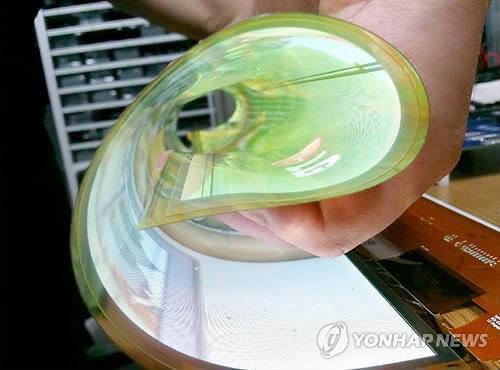Acting like Chinese semiconductor & display, China to chase Korea
[ Park Jung Il comja77@ ] | 2017-11-28 10:53:13
China will also start full-scale production of memory semiconductors from next year. Experts predict that China is expected to dominate memory semiconductors such as DRAM and NAND flash for the first time in over 10 years. Semiconductors and displays, which are Korea`s flagship export items, are in a `crisis` due to China`s rising demand.
According to market researcher IHS Markit, China`s BOE ranked first in the third quarter with a 21.7% market share (based on shipment) of 9-inch and larger display panels (LCD and OLED) followed by LG Display with 19.3%, Innolux Taiwan with 16.1%, Taiwan AUO with 15.8% and Samsung Display with 8.9%.
Meanwhile, LG Display has been in the top spot for display shipment for 31 consecutive quarters since the fourth quarter. Samsung Display was No. 1 in the five years from 2005 to the third quarter of 2009. Korean display companies have been in the top position from 2005 to the first half of 2005, but they have been taken to China by the Chinese company for the first time in 12 years. China BOE has been in the top position in the world in about 10 years since it began mass production of large LCDs in 2007. BOE acquired Hyundai, a subsidiary of Hynix in 2003, and started to do small and medium LCD business. In 2005, BOE invested in building a large LCD production line and began mass production from 2007.
"Although LG Display has pursued its strategy in China by revising its business strategy mainly on OLED, UHD, and other large-size panels, LG Display has maintained its top position in terms of sales and area." However, "It`s a fact that we`ve got more than 60 % of its share, which is a threat."
According to the actual IHS markit, LG Display and Samsung Display had the highest market share of 31.5% and 22.5% in the third quarter, respectively, based on the shipment volume of Ultra High Definition (UHD) display panels. Followed by BOE (13.1%) and Innolux (12.0%).
However, as Chinese companies have started investing in large LCD production lines for more than 10 generations earlier than Korea, it is unclear how long Korea will maintain its dominance in the large premium panel market. BOEs in China are expected to start at the end of the year or early next year as soon as the large LCD production plant is over 10 generations. LG Display plans to begin mass production of 10.5G LCD lines in the second quarter of 2019. Based on the 65-inch LCD panel, the eighth-generation production line produces three panels per mother glass, but can produce eight panels per 10.5-generation panel. With the yield of 10.5G large LCD production lines alone, China will dominate the large flat panel display market.
China, on the other hand, will also begin mass production of memory semiconductors for the first time since next year. According to the monthly export trend released by KOTRA this month, China Tsinghua Unic Group will start mass production of 3D NAND flash in Wuhan from 2016 at the end of next year, and Fujian Jinhua Semiconductor will invest 37 billion yuan (about 6 trillion won) It will start mass production of DRAM in the late 20th or 30nm class from September next year. Changmu Memory (YMTC) is also expected to release 32-stage NAND flash products in the first half of 2019.
The industry expects that the technology of Chinese memory semiconductors still has a gap of 10 ~ 15 years compared to technology of Korean companies that produce NAND flash of 10 nm and 72 stages. However, we expect that the pace of the pursuit will be much faster if we tie up with Taiwanese semiconductor makers such as Nanya and Winbond by raising competitiveness centering on the huge domestic market.
"Even if China is mass-produced, it is difficult to enter the mobile and server market because it is difficult to satisfy the standard of JEDEC (International Semiconductor Standards Organization) immediately," stated Ahn Ki-hyeon, vice president of Korea Semiconductor Industry Association. ), And it will be a threat to Taiwanese companies right now. "In some semiconductor markets, China already has a competitive edge in the industry. JCET President Wang Xiao Chao, who has taken over Singapore`s Stats ChipPack and has become the world`s third-largest maker of OSAT (after-sales service) in semiconductor packaging and test business, said it would take 10 years for China`s semiconductor technology to reduce its gap with world. However, semiconductor packaging is expected to reduce gaps more quickly due to lower technology thresholds.
Industry expert stated, "The industry can be the same. As China is rapidly driving the industry with government initiatives, we need to build up our next generation of technology as display has been caught up with China in 10 years.”
By Park Jung Il & Kim Eun comja77@



